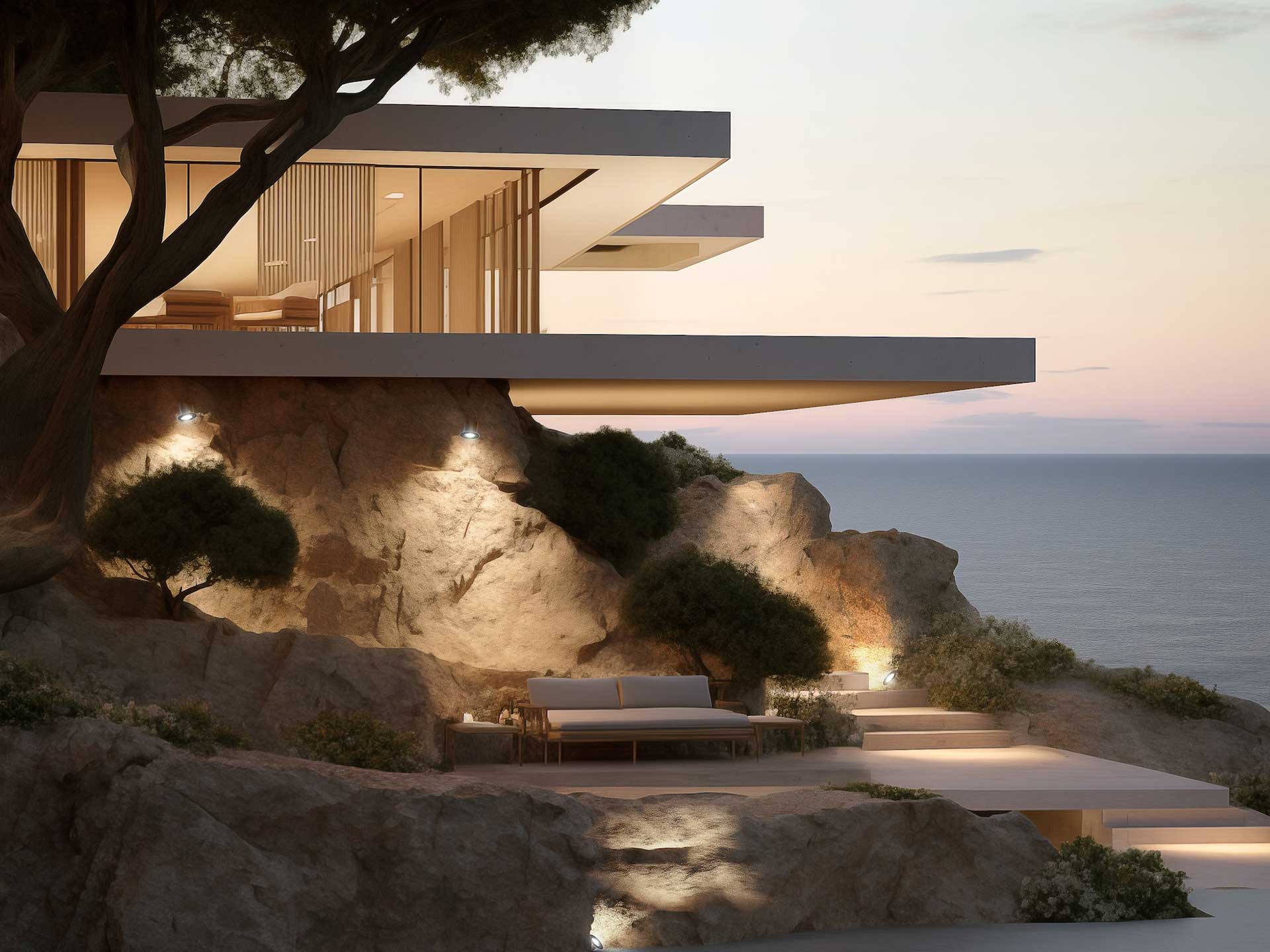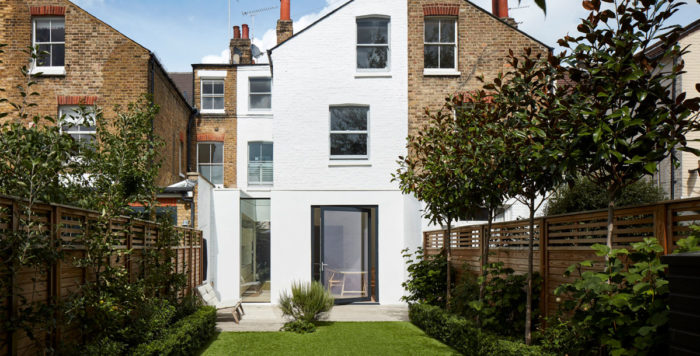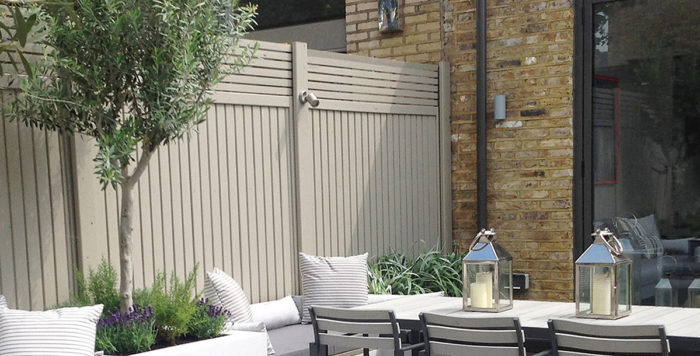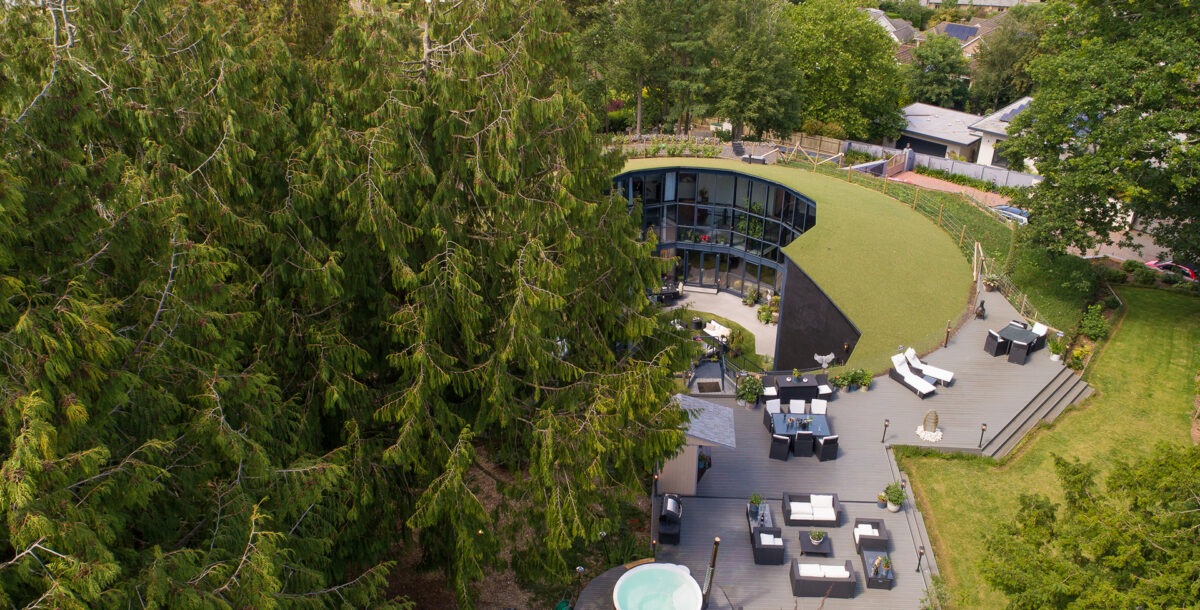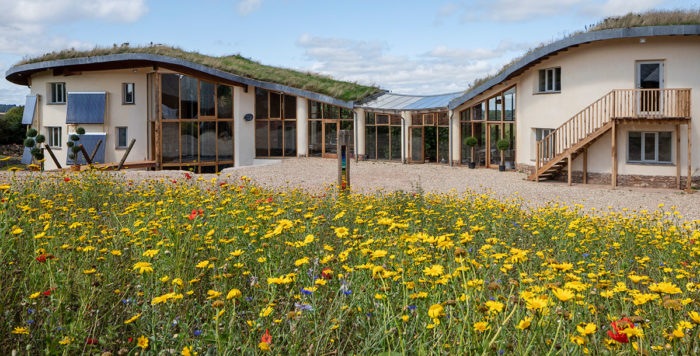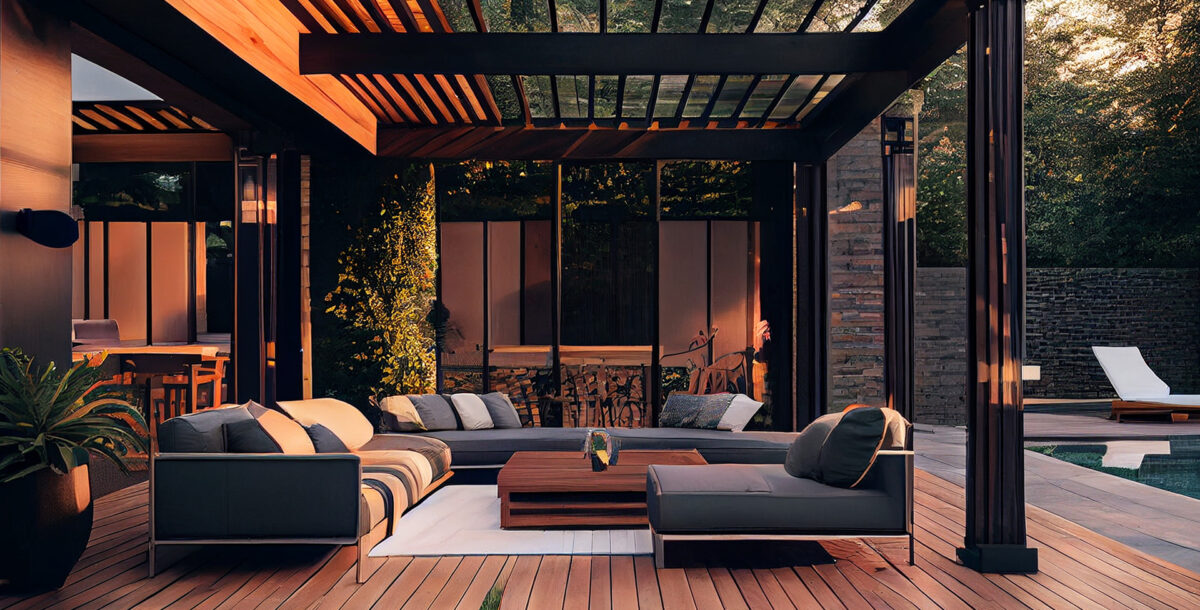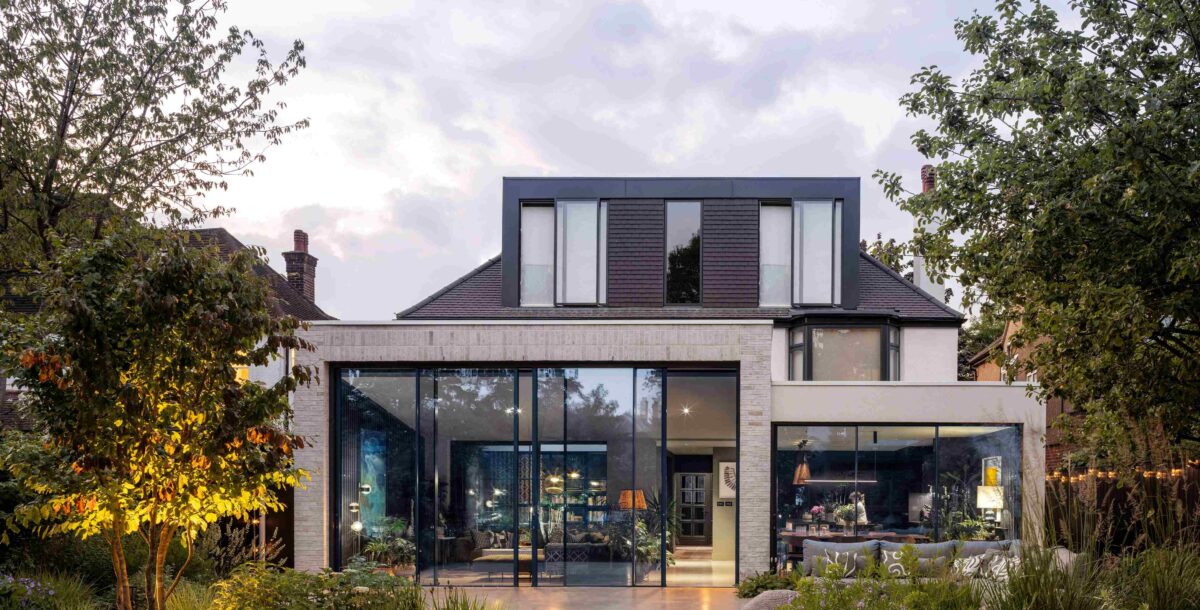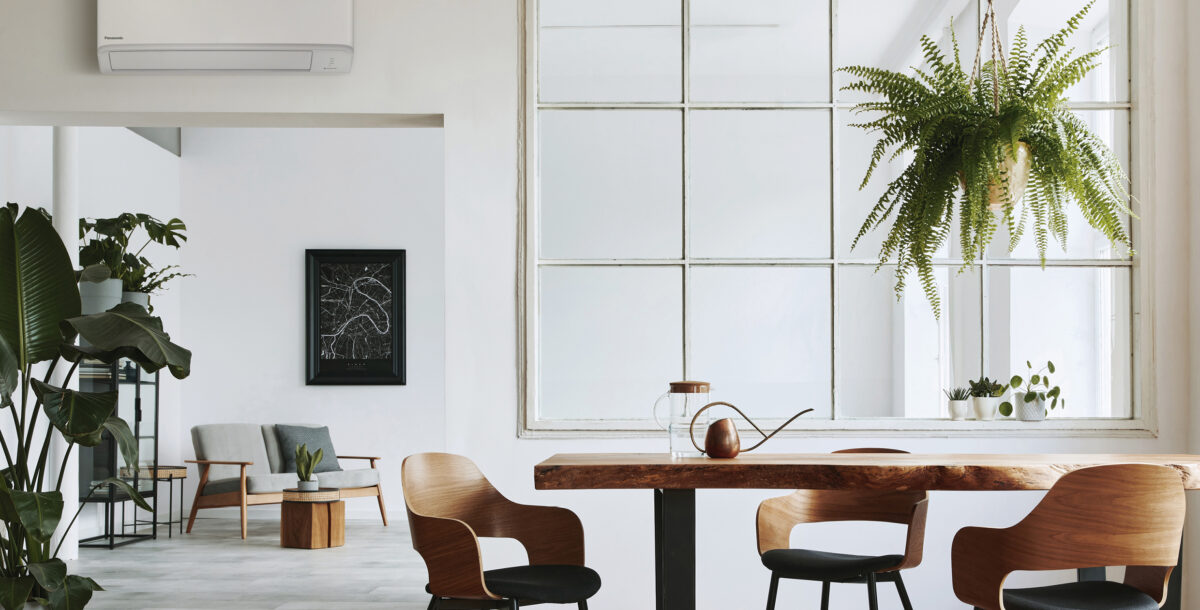Outdoor lighting guide
As dusk falls, transform your garden into an atmospheric space to enjoy with this outdoor lighting guide to add texture and depth and illuminate your planting.
Whether you have a porch, patio, terrace, or garden, this outdoor lighting guide will help you determine what type of lighting should go where and what to consider. While exterior lighting can be tricky, bringing an outdoor lighting scheme to your garden will transform it into somewhere you can use as an alfresco living space- think of it as an extension of your home.
First of all, define what you want your outdoor lighting to do. Will it be task lighting and purely practical, such as lighting pathways, front doors, or patio steps? Will it be accent lighting to illuminate your borders so you can enjoy your planting come dusk? Is it for entertaining, so you can eat in the garden with friends long after it’s gone dark? Or is the aim to plan a front garden lighting scheme to increase your kerb appeal and create a warm welcome for visitors?
Use this outdoor lighting guide to determine which types of lighting can add space and depth to your garden by emphasising light and shadow. With all the different types of lighting, think about the height and placement of your lights to provide adequate coverage and prevent glare. For energy efficiency consider solar-powered lighting when possible.
Think about style
Mara Rypacek Miller, founder of Industville, has some tips for creating an outdoor lighting scheme. She explains that “when planning exterior lighting, it’s all about maximising impact, ensuring functionality, and choosing designs that complement the overall aesthetic of a home. Consider the architectural features and era of a property’s design. For instance, bulkhead wall lights lend character and a charmingly rugged feel to a contemporary outdoor space.”
“Handcrafted decorative pieces are key to harmonising the aesthetic between the inside and outside of your home. Opt for recycled materials like brass. Not only is it a sustainable choice, but brass develops a patina over time, lending timeless style and vintage character to any space.”
“Covered porches, protected from rain, allow for a broader variety of lighting fixtures. Consider chandeliers or pendant lights, which work well in open spaces with ample ceiling height.”
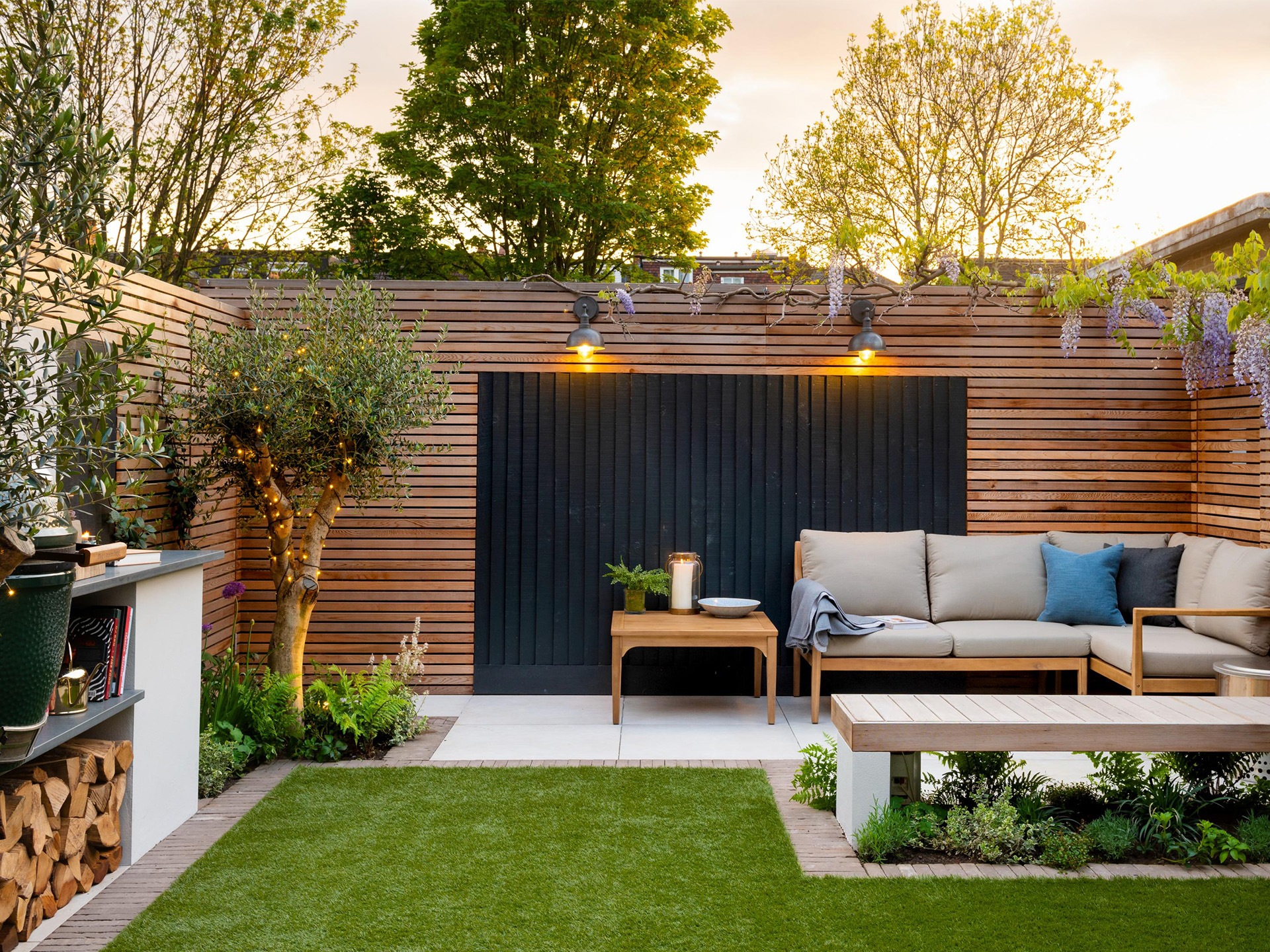
Image credit: Industville
Wall lighting
Typically located near the back door or front porch, wall lights are one of the most common types of outdoor lighting. Well-lit exteriors are both practical, helping you navigate in the dark, and good at providing increased security for your home.
When it comes to style, you could opt for a traditional curved swan or gooseneck fisherman light, a contemporary sensor motion wall light (this is great for energy reduction), or an up or downlighter. Cotswolds based David Hunt has created the perfect wall light style that illuminates both up and down.
Hollie Moreland, Creative Director for David Hunt Lighting, explains that you can “add an ambient lighting effect to your garden and outdoor kitchen by installing lighting that casts directional pools of light upwards and downwards, such as our Falmouth design. Perfect for exterior areas where you have added colour and interest with freshly painted walls, and the depth of colour is illuminated, creating a cosy and cocooning environment just as you would experience inside your home.”
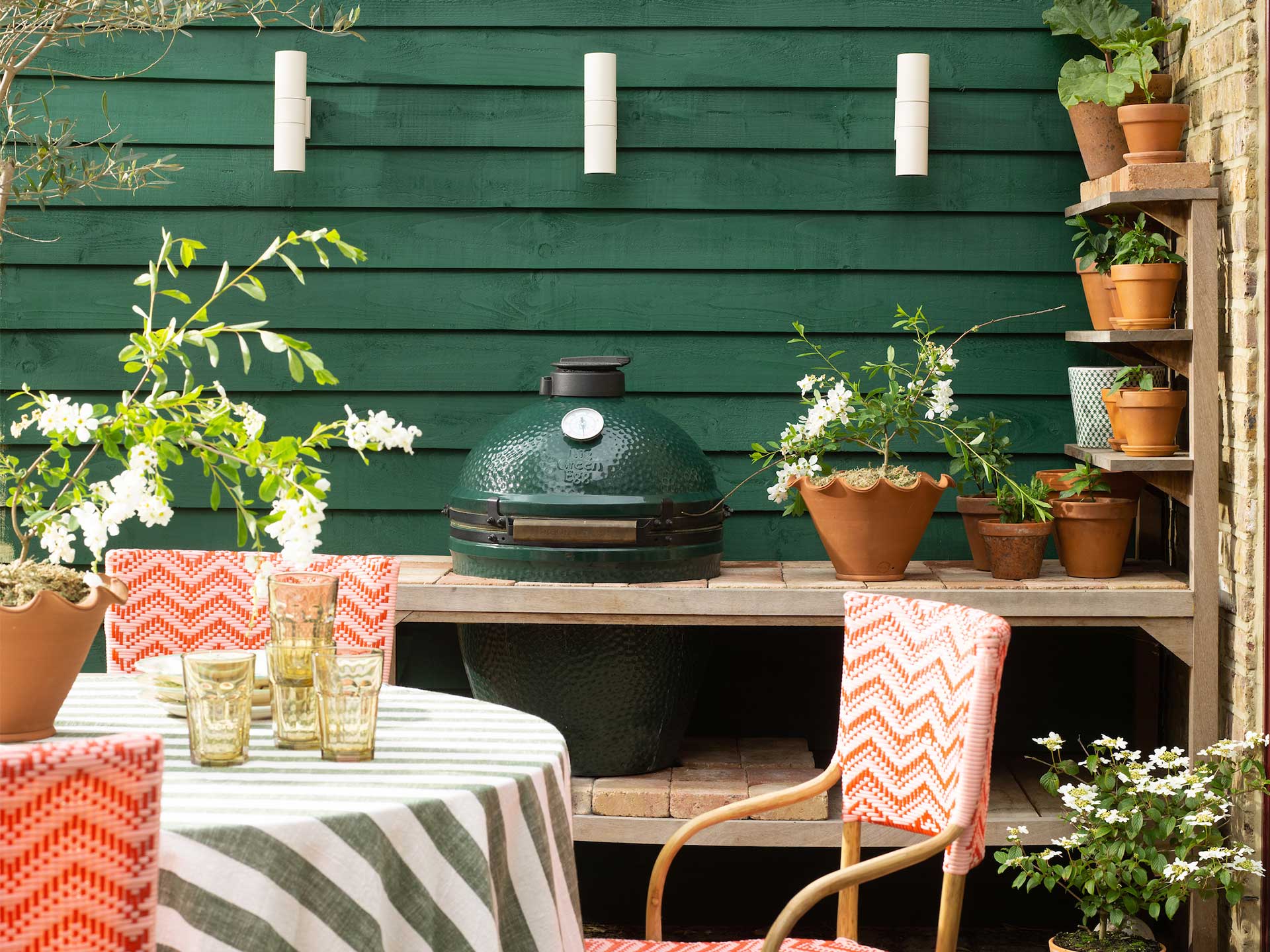
Image credit: David Hunt
Lantern lighting
Lanterns have featured in everyday life for centuries. The Romans used bronze or iron lanterns to shield the flame; in the medieval period, they were elaborate and featured decorative metalwork, while in more recent times, they’ve become electric and often portable.
J. Adams wall lanterns (pictured) are a great blend of historic and modern and can make your exterior lighting scheme look timeless and elegant. Each piece is handcrafted to order (so there’s no wasted stock) in a metalworks in Birmingham’s industrial quarter. Sustainable and hardwearing, you can go for bronze or antique brass and clear of reeded glass.
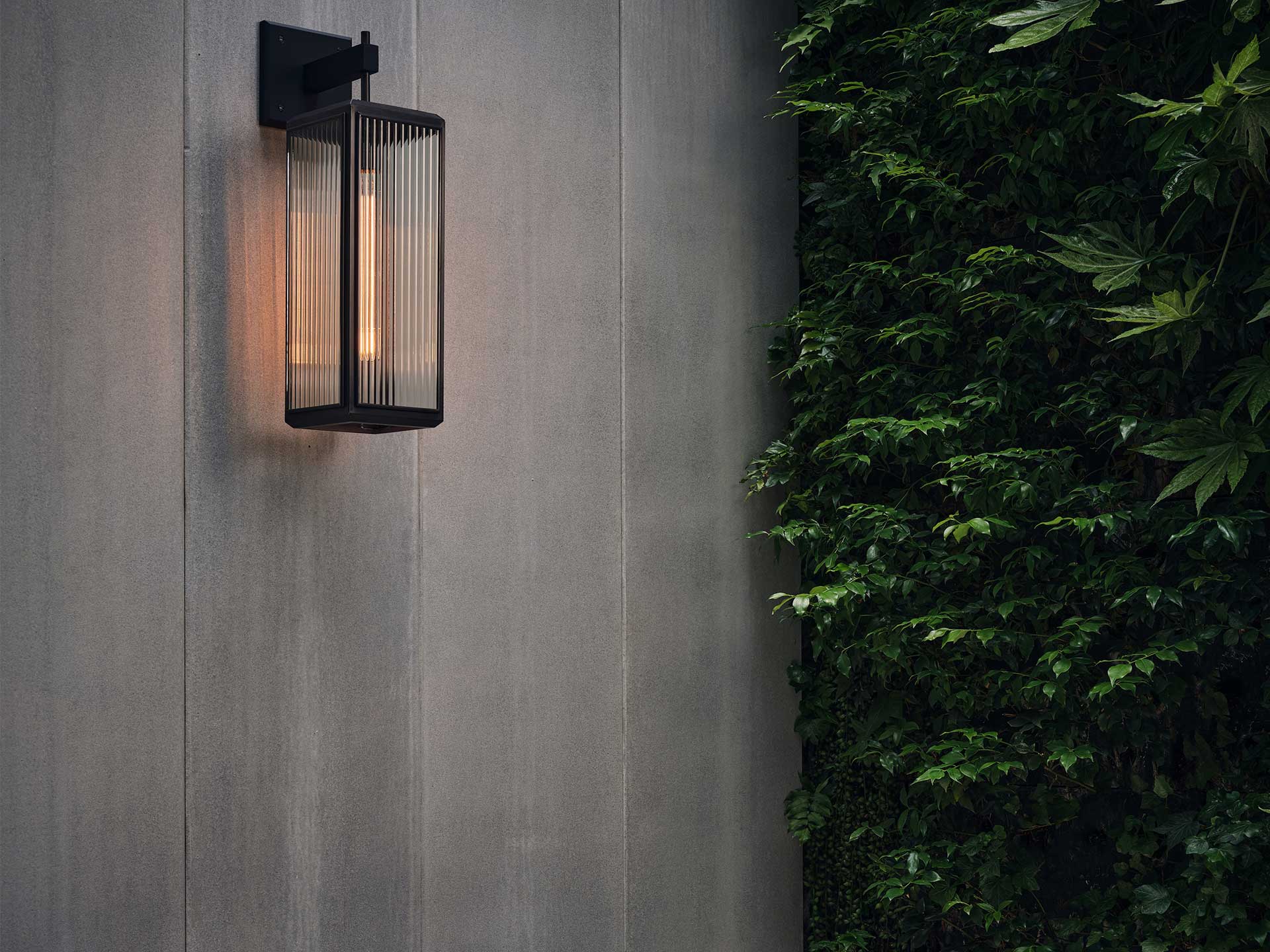
Image credit: J Adams
Festoon lighting
Early iterations of festoon lighting, originally a string of little gas lamps hung from a cord, were seen in the 19th century. They were used to light outdoor spaces for both decorative and practical purposes. Not much has changed other than they’re now electric or LED.
You can’t go wrong with festoon lighting to create a cosy, entertaining atmosphere. They have an even distribution and a warm glow, plus festoon lighting is one of the easiest types of lighting to install in your garden. Garden Trading has an extensive selection of festoon lighting, including classic bulbs, smoked glass, golf ball globes, and cluster-style chandeliers. They also have extendable cables and raw metal festoon poles to make putting up the lighting easy and look neat.
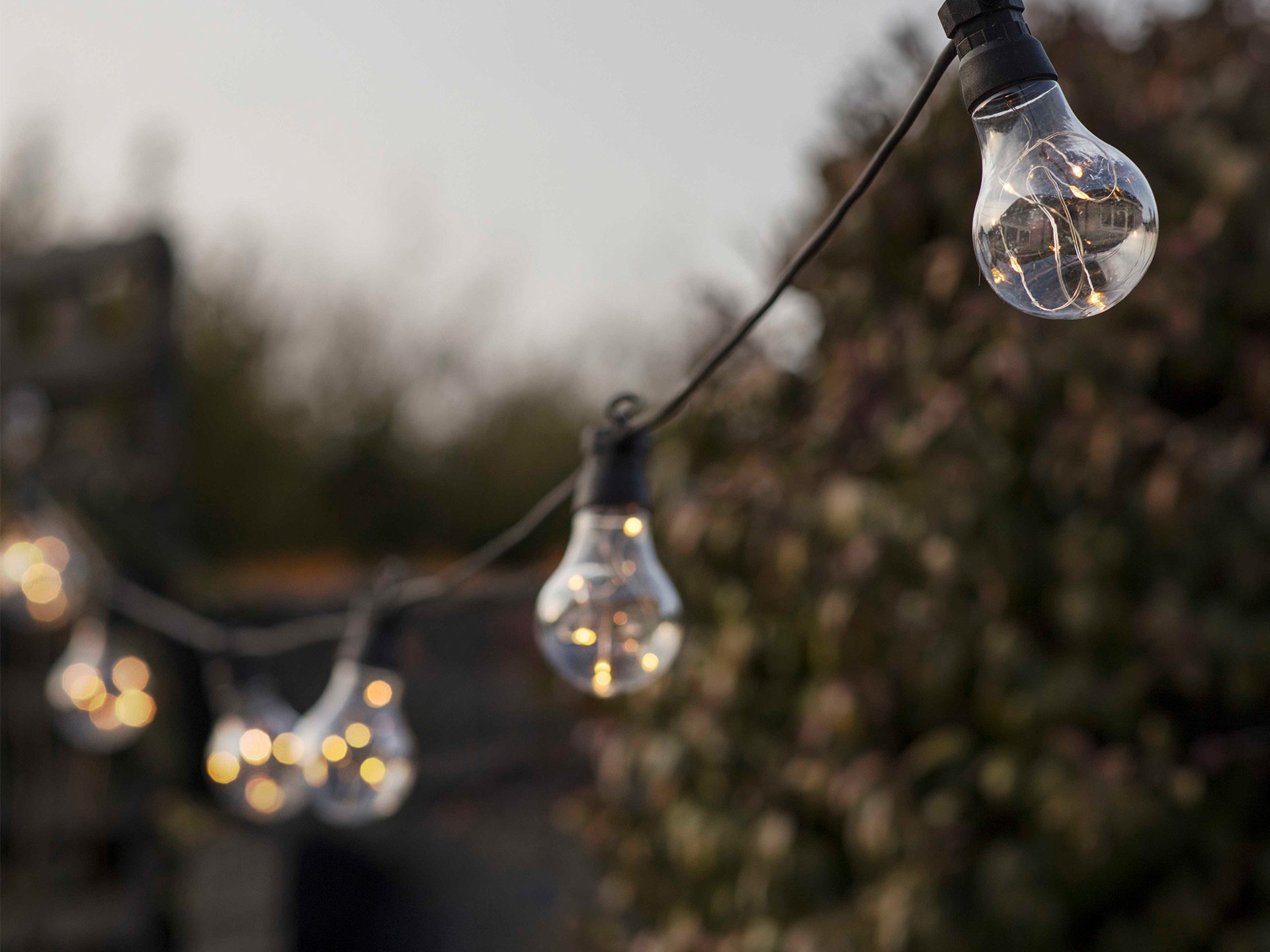
Image credit: Garden Trading
Decking lights
Technology in deck lighting has improved vastly, and you can illuminate your deck at night in several ways. Firstly, you can add inset lights to the floor; they’re flush mounted, giving a streamlined look, and won’t protrude or take up space. You could opt for recessed lighting on tiered decks (like pictured) to add a subtle glow to your garden. Stair lights tend to be mounted on the vertical risers underneath the step, and rail lights can be added as additional functional lighting.
Post lights in this outdoor lighting guide are also a good choice for decking. Post cap lights are installed on top of deck posts and cast a downward illumination that zones the area. Post lights are also good for marking out pathways.
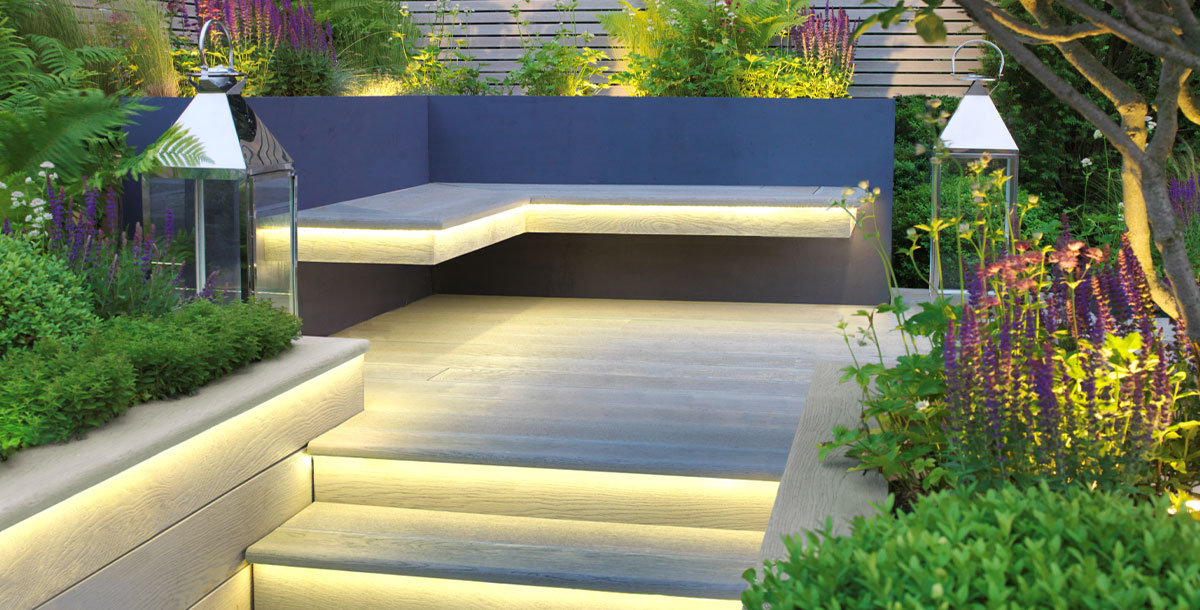
Image credit: Nedgis
Spotlights
Spotlights are a great way to highlight specific areas in your garden, from trees to sculptures. Better known as accent lighting, spotlights can create a dramatic effect in the garden and give you the most flexibility if you want to play with light and shadow. They’re also a flexible lighting option as they’re easy to move around the garden. Most spotlights now use LED technology, which is more energy-efficient.
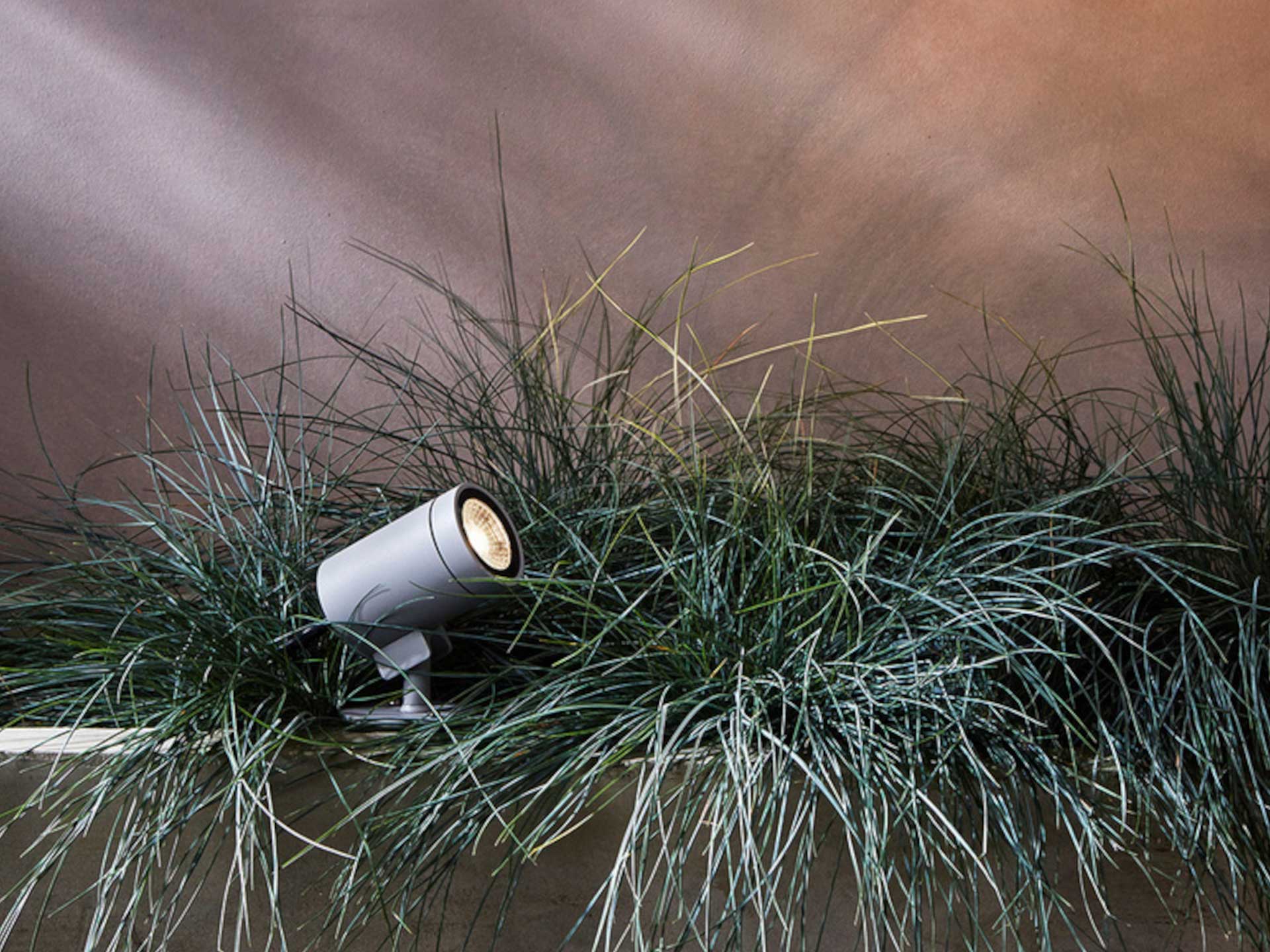
Image credit: Nedgis
Portable lighting
One of the easiest ways to bring light to your garden is with a portable light, and Tom Raffield has created some of the most beautiful pieces on the market. The Skipper wireless table lamps (pictured) are made from twelve individual, sustainably sourced ash, oak, or walnut wood petals using a traditional steam bending method. They are designed to produce golden light upwards and outwards. They’re dimmable with the touch of a button and can be carried between indoors and out.
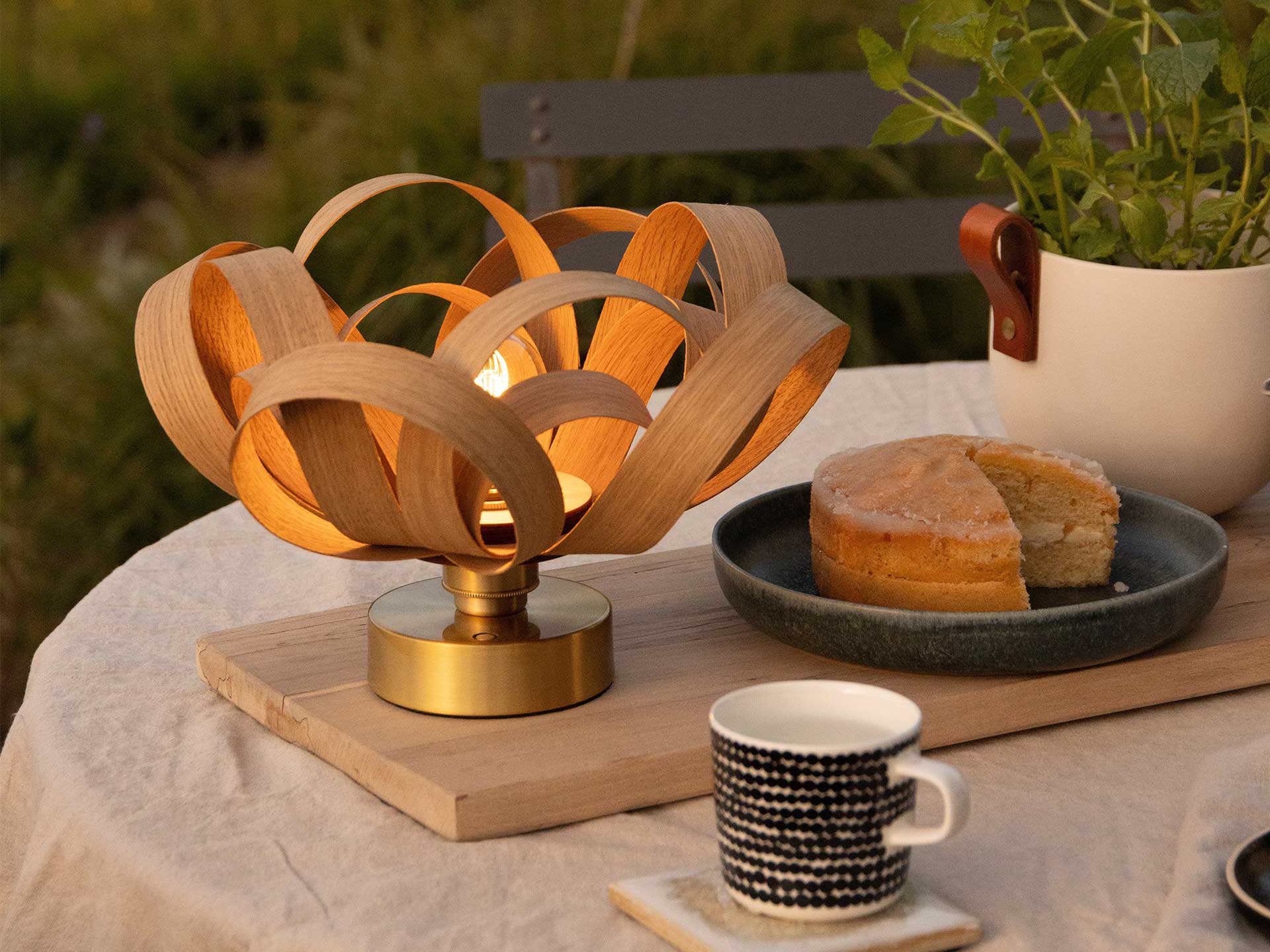
Image credit: Tom Raffield
Playful lighting
Of course, this outdoor lighting guide is not just about subtle ways of illuminating your garden; it can also be about adding playful touches and having a bit of fun. Case in point: this outdoor illuminated Yomi Eko metal frame inflatable sofa (pictured) by Mojow. Its exterior has a frosted look, so come nightfall, it diffuses the light inside, casting a soft glow.
Coming in orange, pink, white & green, the Yomi collection comes in chairs, sofas, and coffee tables and is kitted out with an LED lighting system with a rechargeable battery and a remote control to adjust the lighting time. Handily, the furniture comes with an electric pump, is easy to clean, and can be assembled and disassembled in a few minutes, then moved or stored easily.

Image credit: Lime Lace
Considerations for outdoor lighting
Wildlife is the most significant consideration you should have when it comes to outdoor lighting. ALAN (artificial light at night) can negatively impact nocturnal wildlife and disrupt their natural rhythms. To counterbalance this, avoid flooding your garden with light and only illuminate specific areas. Downlights have less harsh glare, and hoods and shields do an excellent job of diffusing the light. Try to put your outdoor lighting on a timer, or only use it when necessary to disrupt the wildlife as little as possible and make sure specific areas like ponds are kept in the dark.
Mara Rypacek Miller, Founder of Industville, explains, “When choosing outdoor lighting, prioritising durability is crucial. Opt for high-quality products with an IP65 rating (an IP rating defines the level of protection an electrical device has against things like water and dust) and robust materials for reliable wet weather protection. Additionally, prioritise safety; well-built outdoor lights reduce electrical hazards and provide reliable illumination, making your outdoor space stylish and secure.”
She adds, “for ambient lighting during social events, select bulbs with a warmer colour temperature—ideally between 2700K and 3000K—as this will create a relaxed environment encouraging conversation and relaxation amongst your guests.”

Image credit: Nedgis

